Home>Garden Essentials>When To Start Petunias From Seed
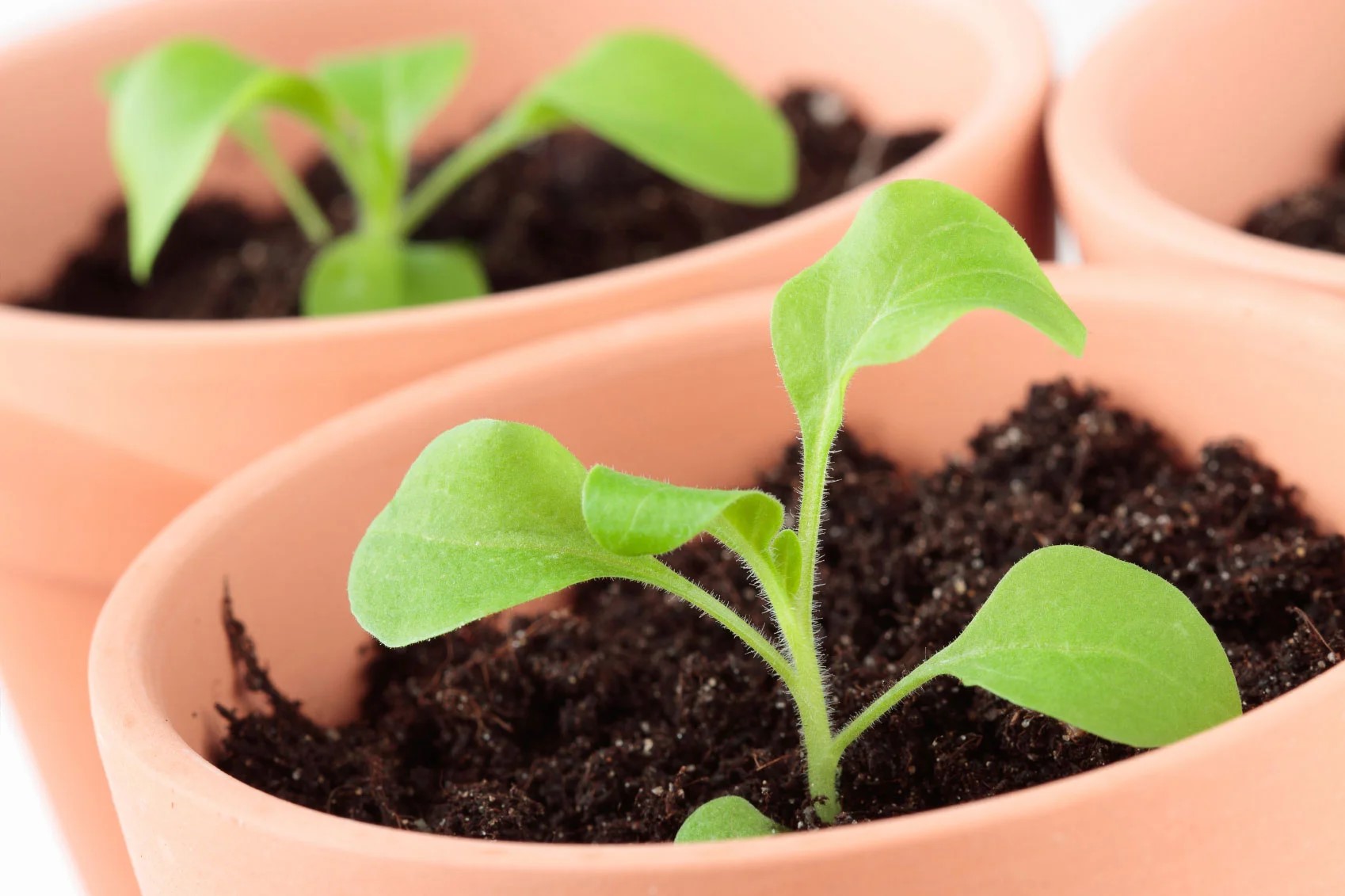

Garden Essentials
When To Start Petunias From Seed
Modified: October 20, 2024
Learn the best time to start growing petunias from seed in your garden and enjoy vibrant blooms all season long.
(Many of the links in this article redirect to a specific reviewed product. Your purchase of these products through affiliate links helps to generate commission for Storables.com, at no extra cost. Learn more)
Introduction
Gardening enthusiasts are always on the lookout for ways to add beauty and vibrancy to their outdoor spaces. One popular flower that can instantly transform any garden is the petunia. These colorful blooms come in a variety of shades and patterns, making them a favorite among gardeners.
While petunias can be easily purchased as potted plants from nurseries, starting them from seed can be a rewarding and cost-effective option. Not only does it give you a sense of accomplishment, but it also allows you to have a wider selection of petunia varieties to choose from. In this article, we will explore the benefits of starting petunias from seed, factors to consider, the best time to start, and how to care for petunia seedlings.
Key Takeaways:
- Starting petunias from seed is cost-effective, offers a wider variety of cultivars, and provides a rewarding and educational experience for gardeners of all levels.
- Consider climate, light, soil, timing, and seed quality when starting petunias from seed to ensure successful germination and healthy growth.
Read more: How To Start Petunias From Seed
Benefits of Starting Petunias From Seed
Starting petunias from seed offers several advantages for gardeners. Here are some of the top benefits:
- Cost-effective: Starting petunias from seed is much more affordable than buying established plants from nurseries. Since a single packet of seeds can yield numerous plants, you can save a significant amount of money in the long run.
- Wider Variety: When you start petunias from seed, you have access to a much wider selection of petunia varieties. Nurseries may only carry a few popular cultivars, but with seeds, you can explore numerous colors, patterns, and even unique hybrid varieties.
- Customization: By starting petunias from seed, you have the freedom to select the exact number of plants you need and customize the colors and patterns to suit your garden design. This level of control allows you to create a unique and personalized floral display.
- Stronger Roots: Petunias started from seed tend to develop stronger root systems compared to nursery-bought plants. This enhances their ability to absorb water and nutrients from the soil, making them more resilient and better equipped to handle stressful growing conditions.
- Rewarding Experience: Watching petunia seeds germinate and grow into healthy plants is a rewarding experience. It allows you to witness the entire life cycle of the plant and gives you a true sense of accomplishment as you nurture them from seedlings to full blooms.
- Learning Opportunity: Starting petunias from seed is a great educational opportunity, especially for children. It teaches them about the importance of patience, care, and responsibility as they observe the seeds sprout, leaves develop, and flowers blossom.
These benefits make starting petunias from seed an enticing option for both experienced gardeners looking to expand their plant collection and beginners eager to explore the world of gardening.
Factors to Consider Before Starting Petunias From Seed
While starting petunias from seed is a rewarding endeavor, there are a few important factors to consider before diving in. Taking these factors into account will help ensure the success of your petunia seedlings:
- Climate: Petunias thrive in warm weather, so it’s crucial to consider your climate before starting seeds. If you live in a region with a short growing season or cool summers, it’s best to start petunias indoors to give them a head start before transplanting them to the garden.
- Light requirements: Petunias are sun-loving plants that require full sunlight to bloom and grow vigorously. Ensure that you have a spot in your garden or a suitable indoor location with ample sunlight to provide the necessary light for the seedlings.
- Indoor vs. Outdoor: Decide whether you want to start the petunia seeds indoors or directly sow them outdoors. Starting indoors allows you to control the growing conditions and gives the seedlings a chance to establish themselves before facing the outdoor elements. Sowing directly in the garden is suitable for regions with a long growing season and warmer climate.
- Soil composition: Petunias prefer well-draining soil that is rich in organic matter. Before sowing the seeds, prepare the soil by loosening it and adding compost to improve its fertility and drainage capability.
- Timing: Consider the optimal timing for sowing petunia seeds. Typically, it is recommended to start seeds indoors 6-8 weeks before the last frost date in your region. This allows the seedlings to mature and be ready for transplanting outdoors when the weather is more favorable.
- Seed quality: Invest in high-quality petunia seeds from reputable sources. Ensuring the seeds are fresh and viable increases the chances of successful germination and robust plant growth.
By considering these factors, you can create a conducive environment for your petunia seedlings to thrive, ensuring beautiful blooms and healthy growth throughout the growing season.
Best Time to Start Petunias From Seed
The timing for starting petunias from seed depends on factors such as your location, climate, and the specific variety of petunia you plan to grow. However, there are some general guidelines to follow to maximize the success of your petunia seedlings:
Typically, it is recommended to start petunia seeds indoors 6-8 weeks before the last expected frost date in your region. This allows ample time for the seeds to germinate and the seedlings to grow before being transplanted outdoors.
If you live in a region with a short growing season or cooler summers, starting petunias indoors is particularly important. This gives the seedlings a chance to develop and establish themselves before being exposed to potentially unfavorable weather conditions.
On the other hand, if you live in a warmer climate and have a long growing season, you may choose to direct sow petunia seeds outdoors once the soil has warmed up and there is no longer a risk of frost.
It’s important to note that petunia seeds require warmth to germinate, with an ideal soil temperature between 70-75°F (21-24°C). If the soil temperature is too low, the seeds may take longer to sprout or fail to germinate altogether.
For more precise timing, consult the specific instructions on the seed packet or check with local gardening experts or resources that are tailored to your specific region and climate.
By starting petunias from seed at the appropriate time, you can ensure that your seedlings have a strong start and develop into healthy, flowering plants when the conditions are optimal.
Start petunias from seed indoors 10-12 weeks before the last frost date. They need warmth to germinate, so use a heat mat if necessary. Transplant outdoors after the danger of frost has passed.
How to Start Petunias From Seed
Starting petunias from seed is a straightforward process that requires a few basic steps. Here is a step-by-step guide to help you get started:
- Gather your supplies: You will need petunia seeds, seed-starting trays or pots, a seed-starting mix, a spray bottle for watering, and clear plastic wrap or a humidity dome to create a greenhouse-like environment.
- Prepare the seed-starting mix: Fill your seed-starting trays or pots with a quality seed-starting mix. This mix provides the right balance of nutrients and moisture retention for optimal seed germination.
- Sow the seeds: Scatter the petunia seeds evenly on the surface of the seed-starting mix, gently pressing them into the soil. Petunia seeds are small and should be sown close to the surface without burying them deep.
- Mist with water: Use a spray bottle to mist the seeds with water, ensuring that the soil remains moist but not overly saturated. Avoid using a direct stream of water, as it can displace the seeds.
- Create a greenhouse effect: Cover the seed-starting trays or pots with clear plastic wrap or place a humidity dome over them. This helps to create a warm and humid environment, ideal for seed germination. Remove the covering once the seeds begin to sprout.
- Provide adequate light: Place the seed-starting trays or pots in a brightly lit area or under grow lights. Petunias require at least 6-8 hours of direct sunlight or artificial light each day for healthy growth.
- Monitor and water: Check the soil moisture regularly and mist with water as needed to keep it consistently moist. Be careful not to overwater, as it can lead to fungal diseases or rotting of the seeds.
- Thin and transplant: Once the petunia seedlings have developed their first set of true leaves, thin them out if they are overcrowded. Transplant the strongest seedlings into individual pots or into the garden, spacing them according to the specific variety’s recommendations.
- Continue care: Provide ongoing care for your petunia seedlings, including regular watering, fertilizing with a balanced liquid fertilizer, and monitoring for pests or diseases. Gradually acclimate the seedlings to outdoor conditions before transplanting them into the garden.
By following these steps and providing the necessary care, you can successfully start petunias from seed and enjoy a beautiful display of colorful blooms in your garden.
Read more: How To Start Petunia Seeds
Caring for Petunia Seedlings
Once your petunia seeds have germinated and the seedlings have emerged, it’s important to provide proper care to ensure their healthy growth. Here are some essential tips for caring for petunia seedlings:
- Watering: Keep the soil consistently moist but not saturated. Water the seedlings gently and avoid overwatering, as it can lead to root rot or fungal diseases. Aim to water at the base of the seedlings, rather than directly on the leaves, to prevent leaf diseases.
- Light requirements: Petunia seedlings require 14-16 hours of bright light each day to grow strong and healthy. If you are growing them indoors, place them under grow lights or in a sunny window. For outdoor seedlings, ensure they receive full sun exposure for most of the day.
- Temperature: Petunia seedlings thrive in warm temperatures, ideally between 65-75°F (18-24°C) during the day. Avoid exposing them to extreme temperature fluctuations, as it can cause stress and hinder growth.
- Fertilization: Feed the seedlings with a diluted, balanced liquid fertilizer once they have developed their first set of true leaves. Follow the instructions on the fertilizer packaging for the correct dilution ratio and frequency of application.
- Transplanting: When the seedlings have outgrown their initial containers and are large enough to handle, it’s time to transplant them into individual pots or the garden. Handle the seedlings gently, taking care not to damage the delicate roots. Ensure that the soil in the new containers or garden bed is well-draining and rich in organic matter.
- Spacing: If transplanting the seedlings into the garden, space them according to the specific petunia variety’s recommendations. Providing adequate spacing helps prevent overcrowding and promotes better air circulation, reducing the risk of disease.
- Weed control: Keep the area around your petunia seedlings free from weeds, as they can compete for nutrients and water. Regularly weed the surrounding area and use mulch to help suppress weed growth.
- Pest and disease management: Monitor your petunia seedlings for common pests such as aphids, slugs, and snails. If necessary, use organic pest control methods or insecticidal soaps to manage infestations. Keep an eye out for signs of disease, such as fungal infections, and take appropriate measures to prevent the spread.
- Staking and support: Some petunia varieties, especially those with large and trailing blooms, may require staking or support to prevent them from sprawling or breaking. Use stakes or plant supports to keep the stems upright and provide stability.
By providing proper care and attention, your petunia seedlings will grow into strong and healthy plants, ready to produce an abundance of stunning flowers in your garden.
Transplanting Petunias From Seed
Transplanting petunias from seedlings into their final growing location is a crucial step in their journey toward producing beautiful blooms. Here is a step-by-step guide to help you successfully transplant your petunias:
- Timing: Choose the right time to transplant your petunias. Wait until the danger of frost has passed and the seedlings have grown strong and developed a good root system. This is typically around 2-3 weeks after the last frost date in your region.
- Prepare the soil: Ensure that the soil in the area where you plan to transplant the petunias is well-draining, fertile, and enriched with organic matter. Remove any weeds and loosen the soil to create a favorable environment for the roots to establish themselves.
- Water the seedlings: Before transplanting, water the seedlings thoroughly to hydrate the roots and make it easier to remove them from their containers or seed trays without causing damage.
- Choose the right spacing: Determine the appropriate spacing based on the specific petunia variety you are growing. Generally, petunias should be spaced around 6-12 inches apart, allowing enough room for them to spread and grow without overcrowding.
- Dig the holes: Dig holes in the prepared soil that are slightly wider and deeper than the root ball of each seedling. Make sure the holes are spaced according to the recommended spacing, taking into account the mature size of the petunia plants.
- Transplant the seedlings: Carefully remove each seedling from its container, taking care to minimize root disturbance. Gently place the seedling into the hole, making sure the top of the root ball is level with the surrounding soil. Backfill the hole, lightly pressing the soil around the seedling to secure it in place.
- Water and mulch: After transplanting, give the newly planted seedlings a good soak of water to help settle the soil and eliminate air pockets. Apply a layer of organic mulch, such as wood chips or straw, around the base of the plants to conserve moisture, suppress weed growth, and maintain a more consistent soil temperature.
- Provide care and support: Continue to water the transplanted petunias regularly, especially during dry periods, to keep the soil evenly moist. Monitor for pests and diseases, and take appropriate steps to manage any issues that arise. For taller or trailing varieties, consider providing support, such as stakes or trellises, to encourage upright growth and prevent sprawling.
- Monitor and adjust: Observe the transplanted petunias closely in the first few weeks to ensure they are adjusting well to their new location. If any seedlings show signs of stress or wilting, provide additional shade during the hottest part of the day or increase watering frequency if necessary.
Transplanting petunias from seedlings can be a rewarding experience, as you see the young plants establish themselves and eventually burst into a profusion of colorful blooms. With proper care and attention, your transplanted petunias will thrive and bring beauty to your garden.
Conclusion
Starting petunias from seed is an enjoyable and rewarding endeavor that allows you to experience the complete life cycle of these beautiful flowers. By starting from seed, you have access to a wider variety of petunia cultivars and the opportunity to save money compared to purchasing established plants from nurseries.
Before starting petunias from seed, consider factors such as your climate, light requirements, soil composition, timing, and seed quality. These considerations will help ensure successful germination and healthy growth of your petunia seedlings.
Once your petunia seedlings emerge, proper care is crucial. Provide them with adequate water, light, and temperature to promote healthy growth. Transplanting the seedlings into their final growing location is a significant step that requires attention to spacing and proper planting techniques.
Throughout their growth, monitor and address issues such as pests, diseases, and nutrient deficiencies to keep your petunias thriving. With care and attention, your petunias will reward you with a colorful display of blooms that will enhance the beauty of your garden.
Whether you’re a seasoned gardener or a beginner, starting petunias from seed is a fulfilling and educational experience. It allows you to nurture and witness the entire growth process and create a truly unique and vibrant garden. So, bring some seeds, a little patience, and let the magic of petunias unfold in your garden.
Frequently Asked Questions about When To Start Petunias From Seed
Was this page helpful?
At Storables.com, we guarantee accurate and reliable information. Our content, validated by Expert Board Contributors, is crafted following stringent Editorial Policies. We're committed to providing you with well-researched, expert-backed insights for all your informational needs.
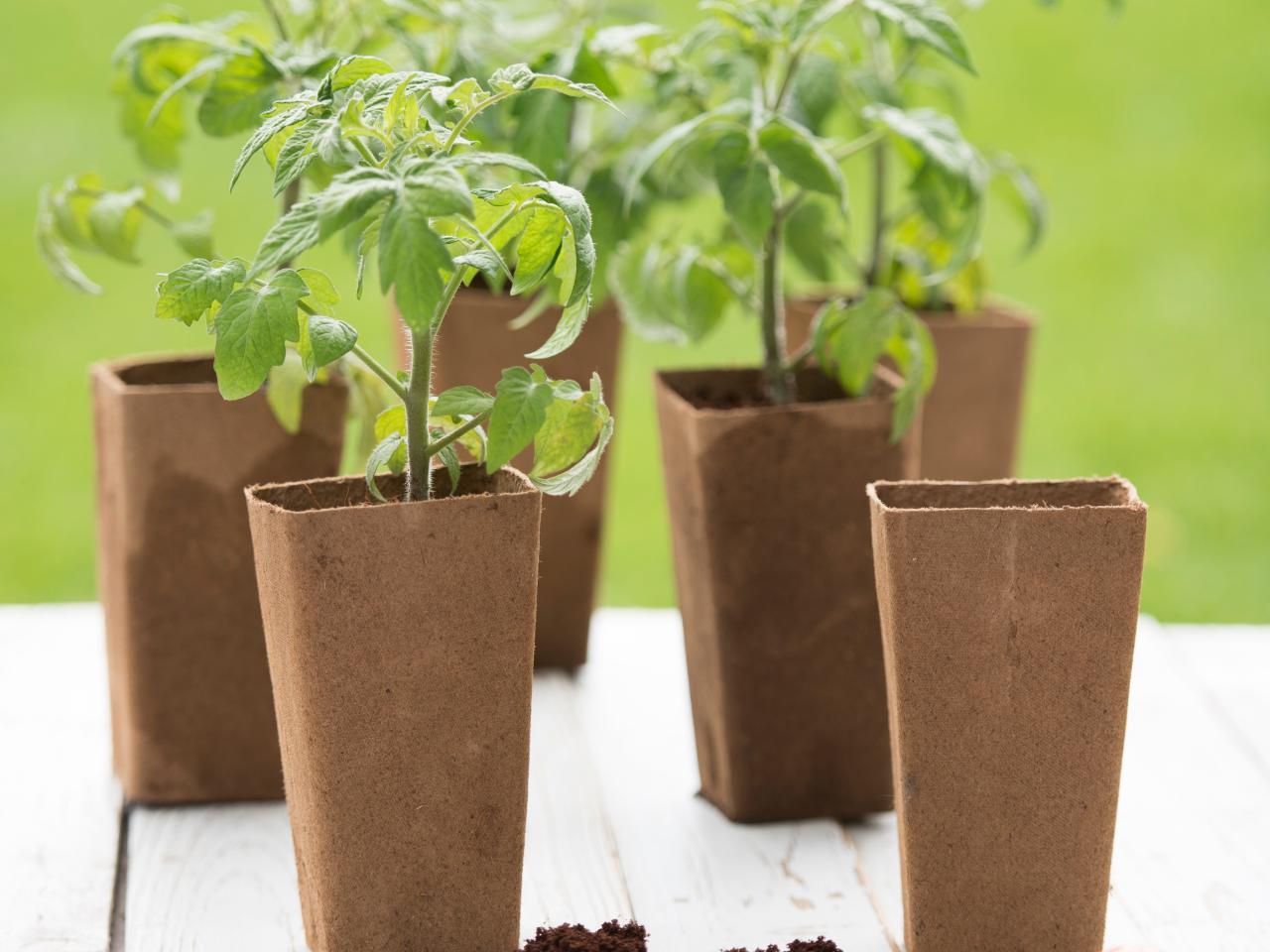
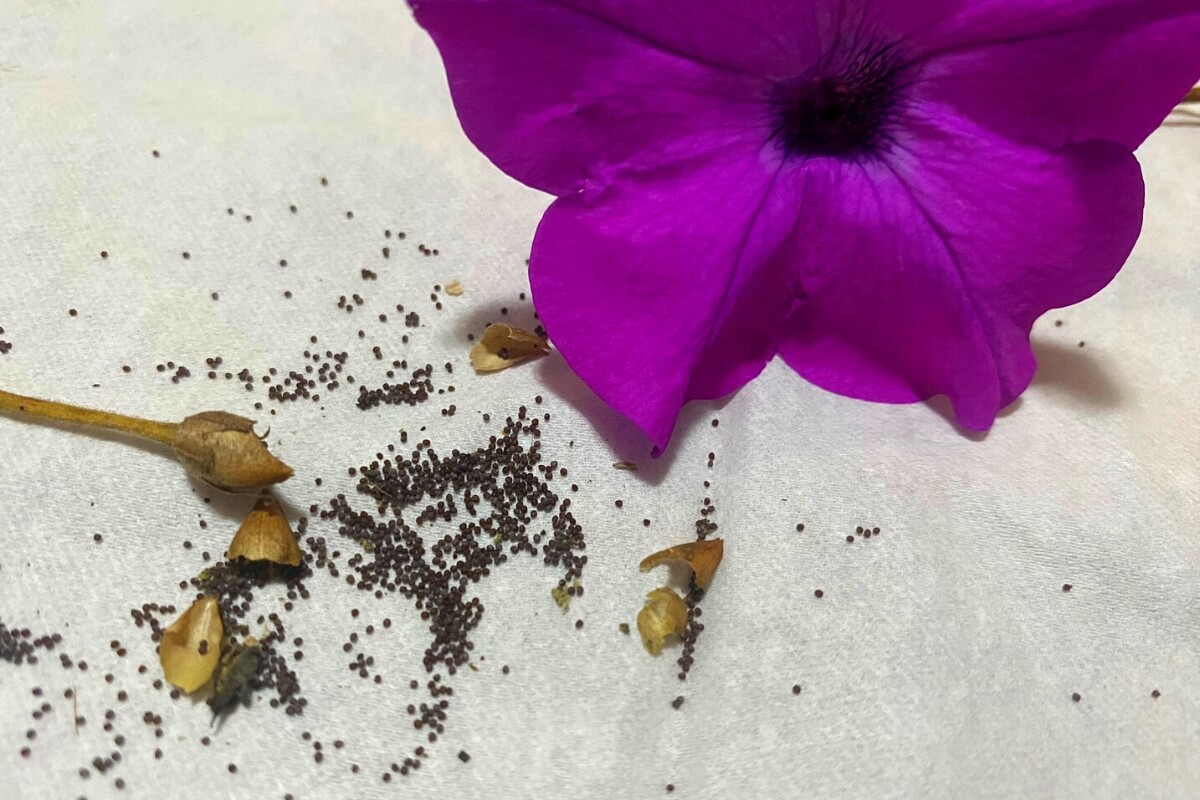
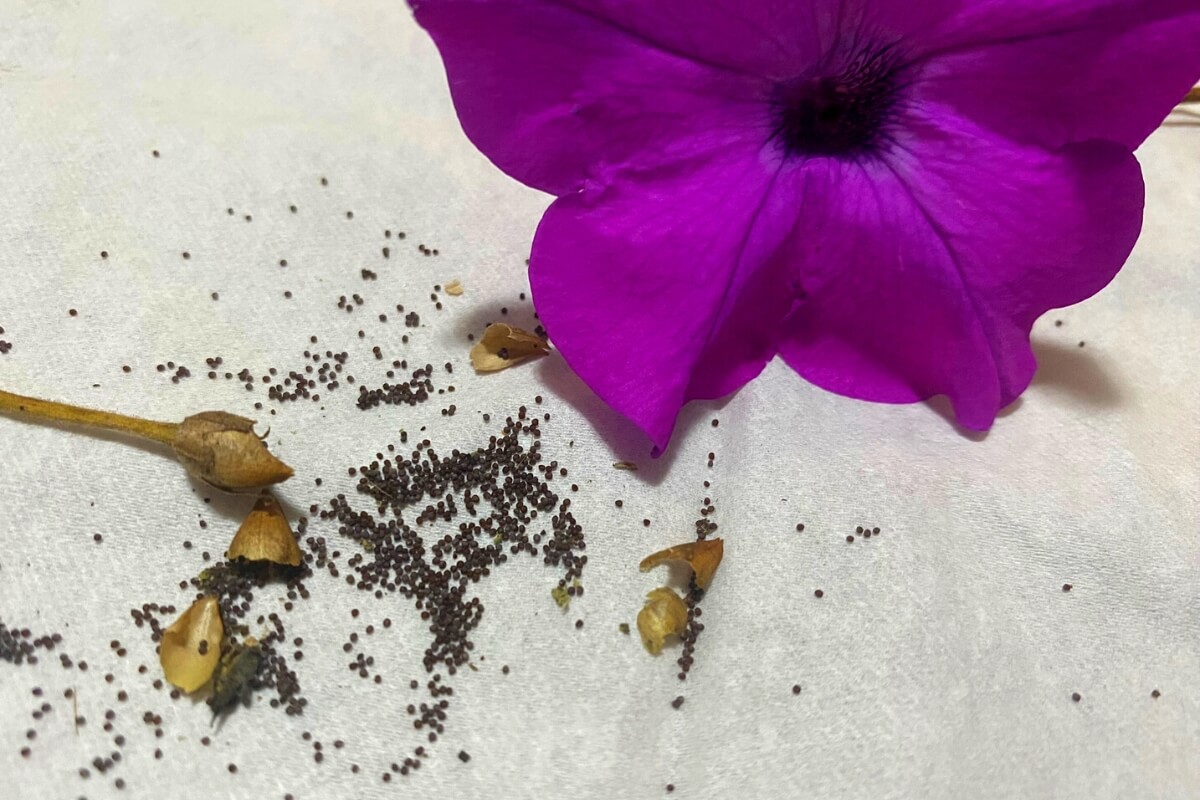
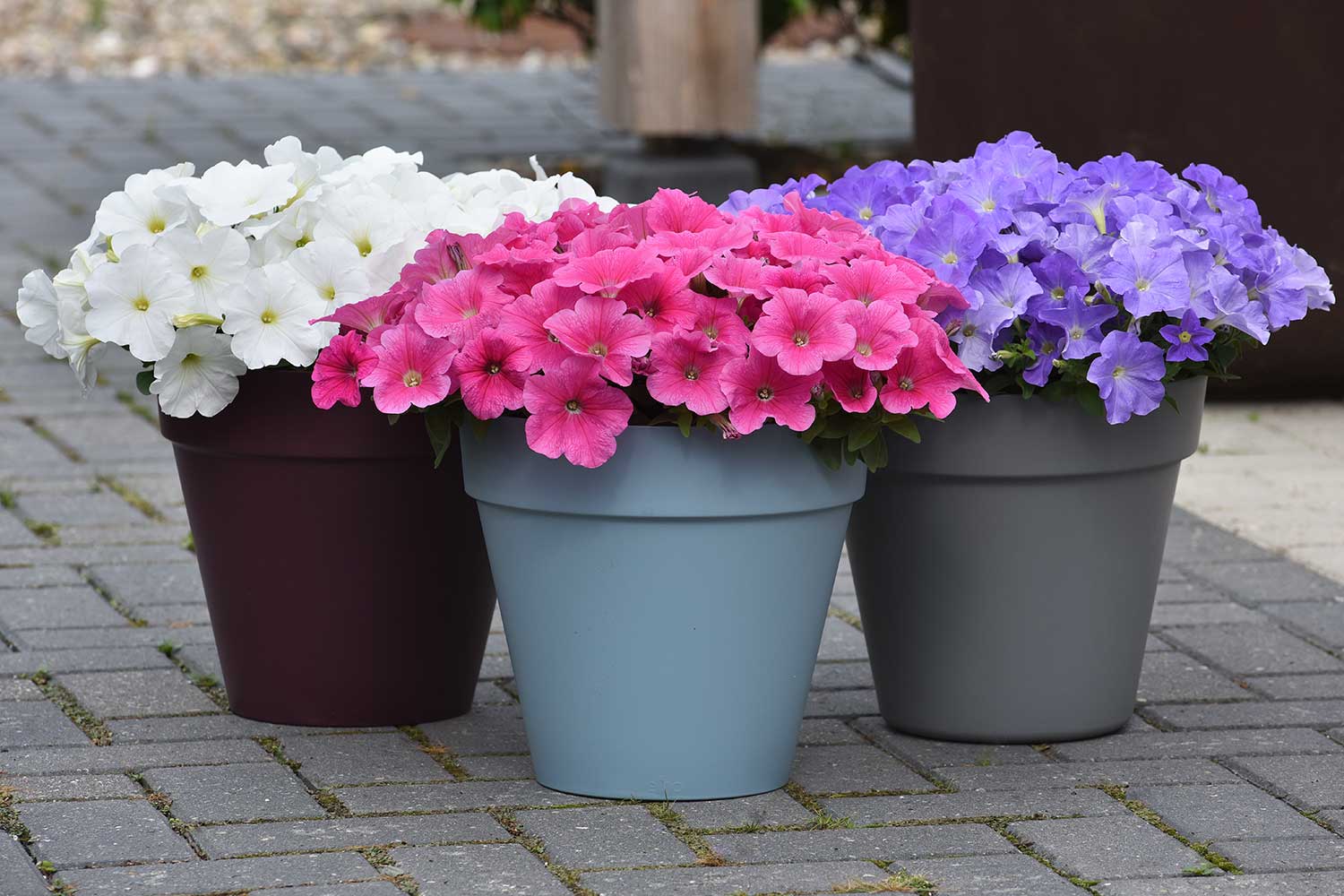
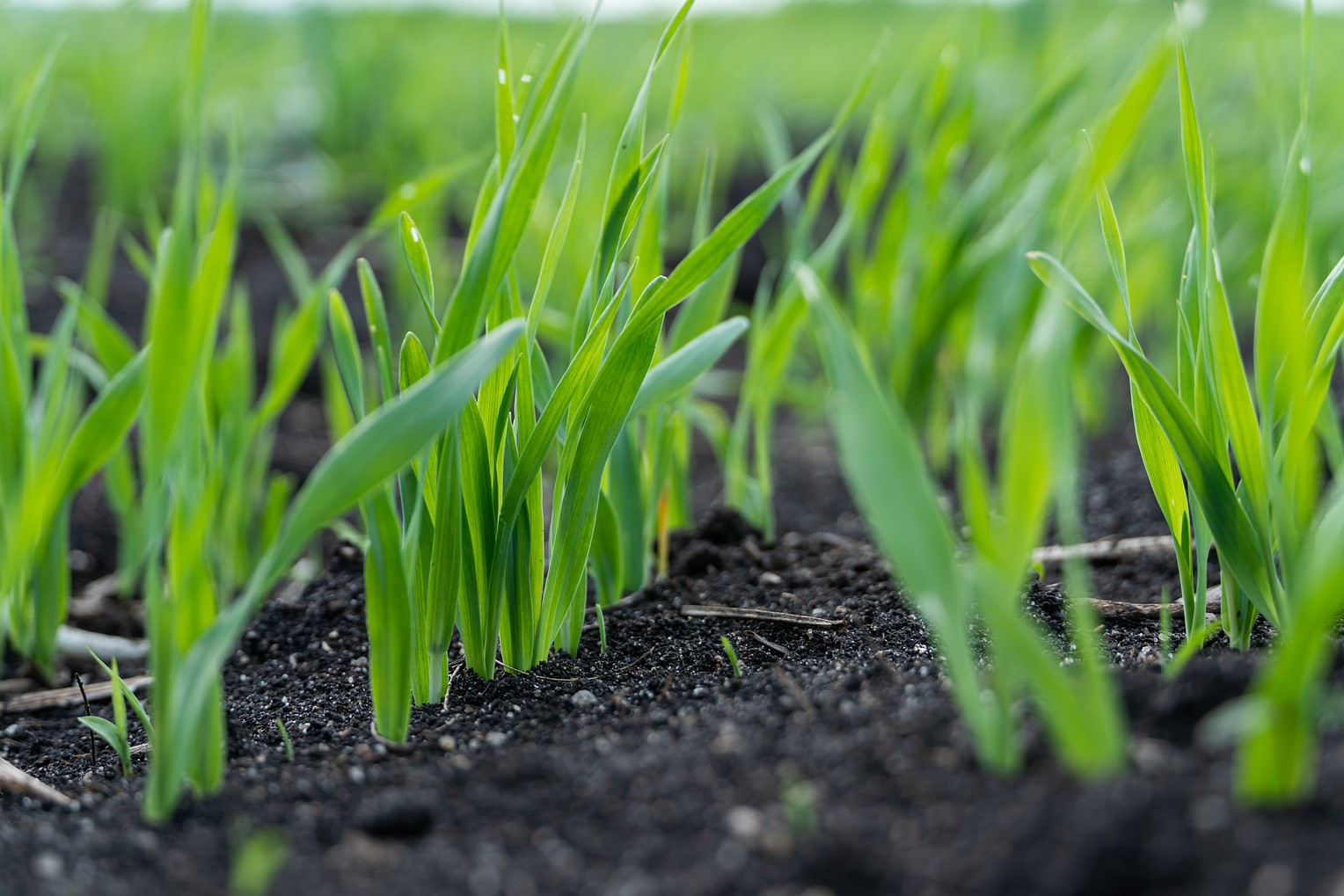
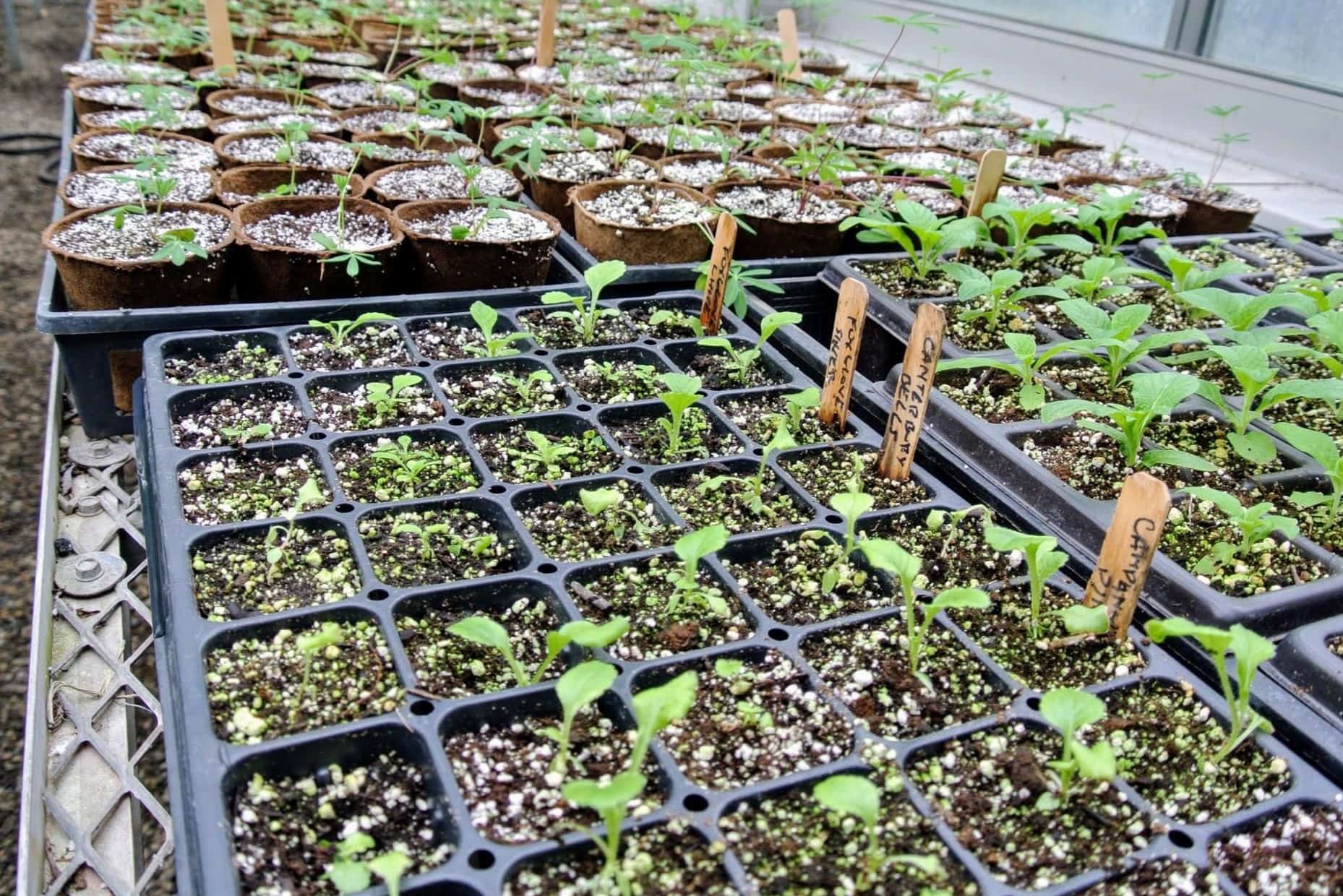
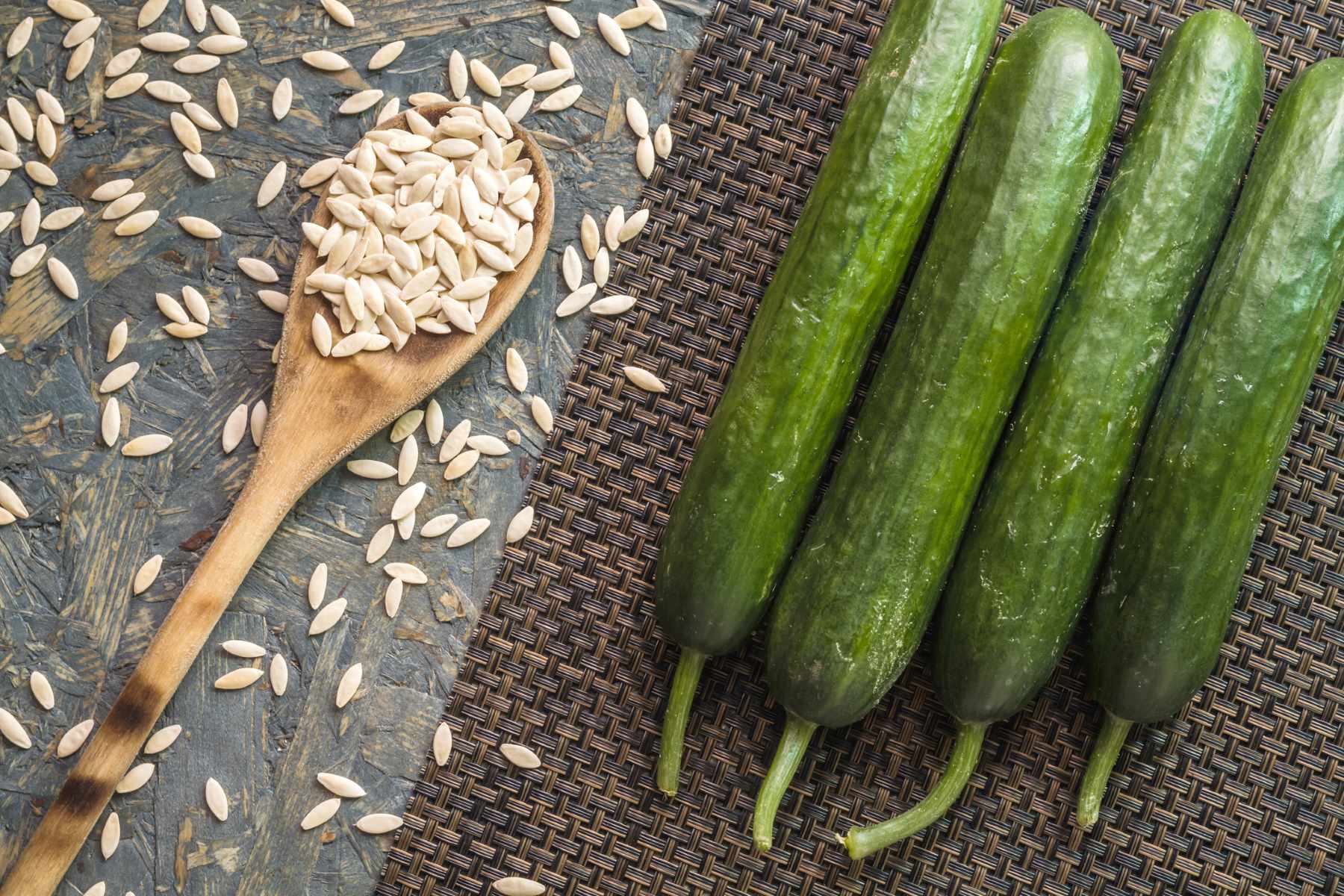
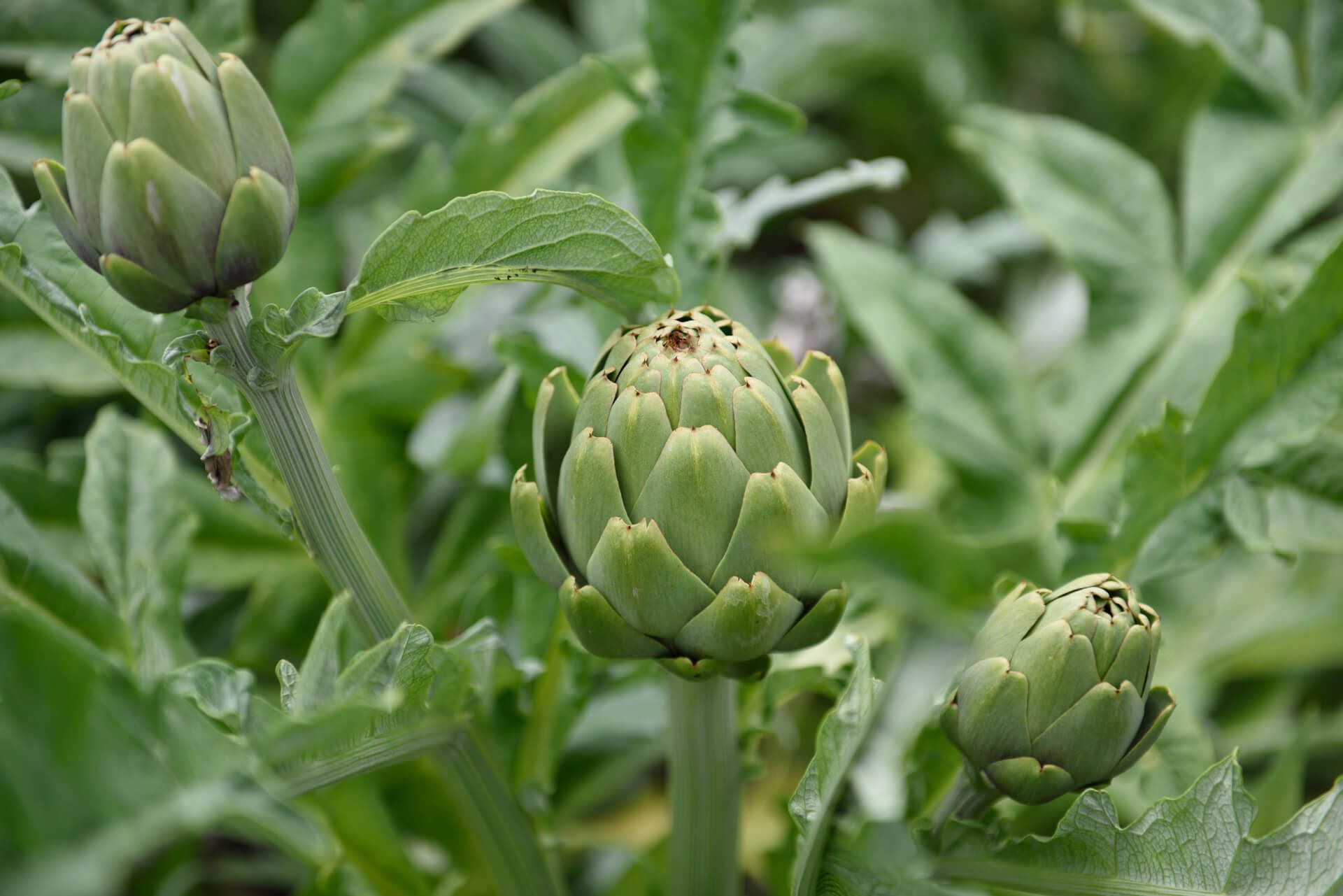
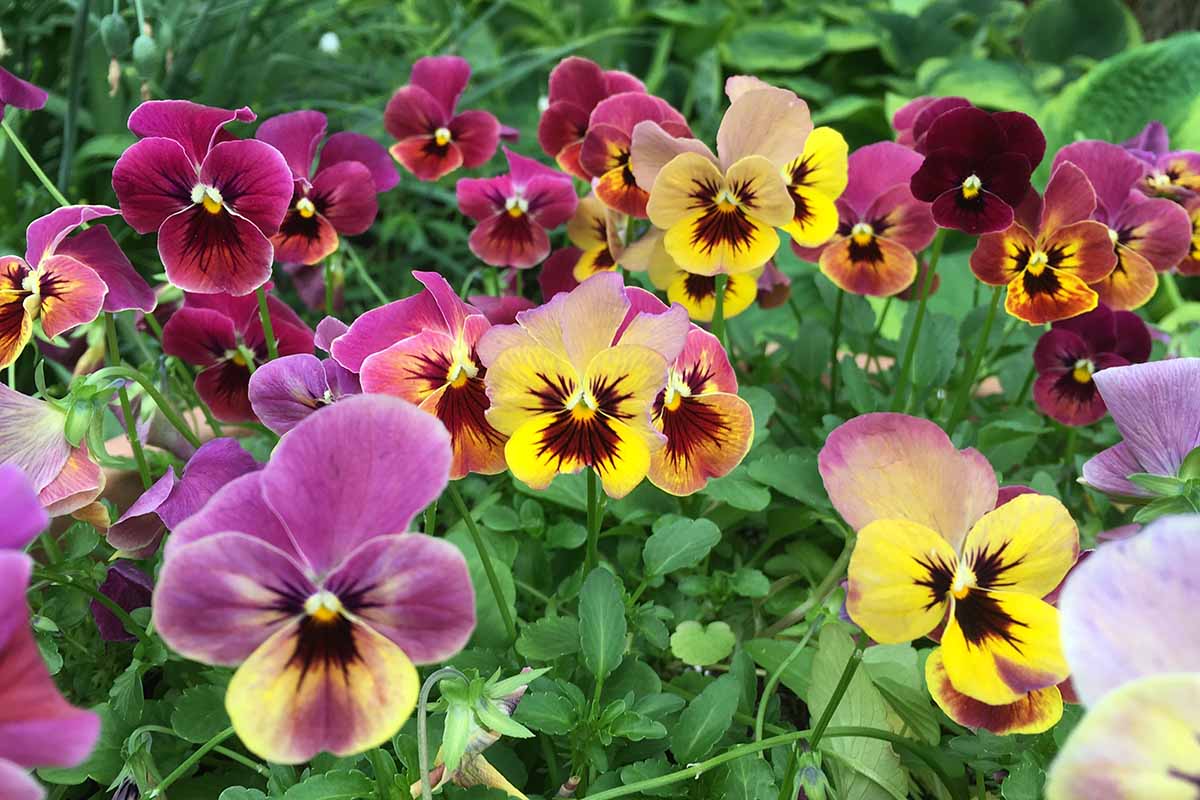
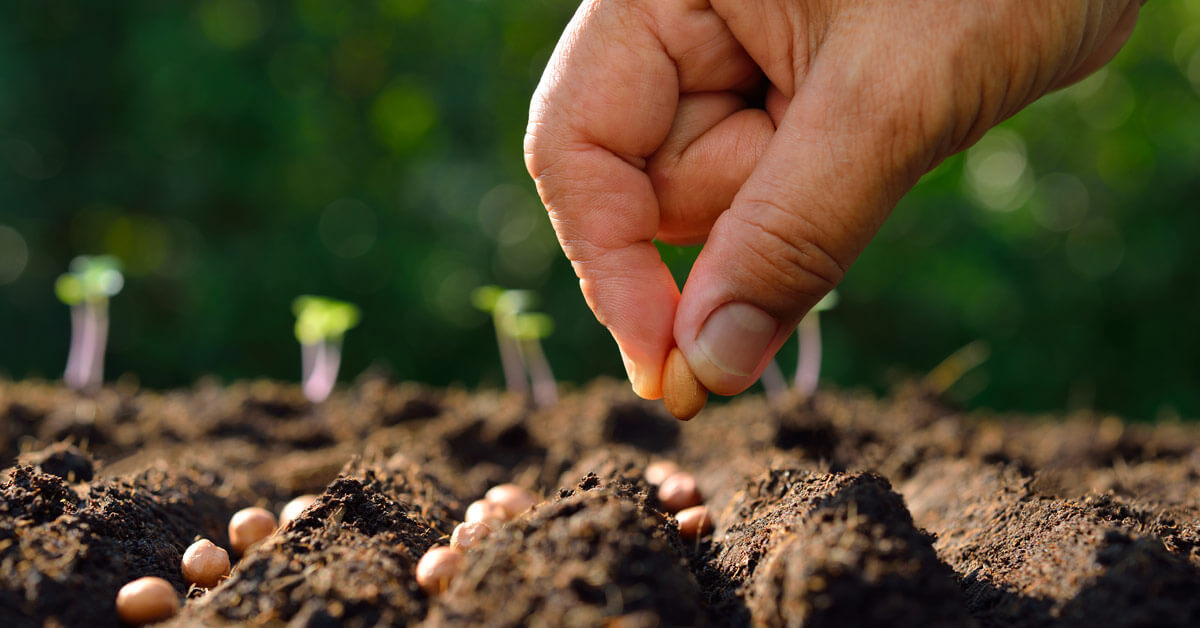
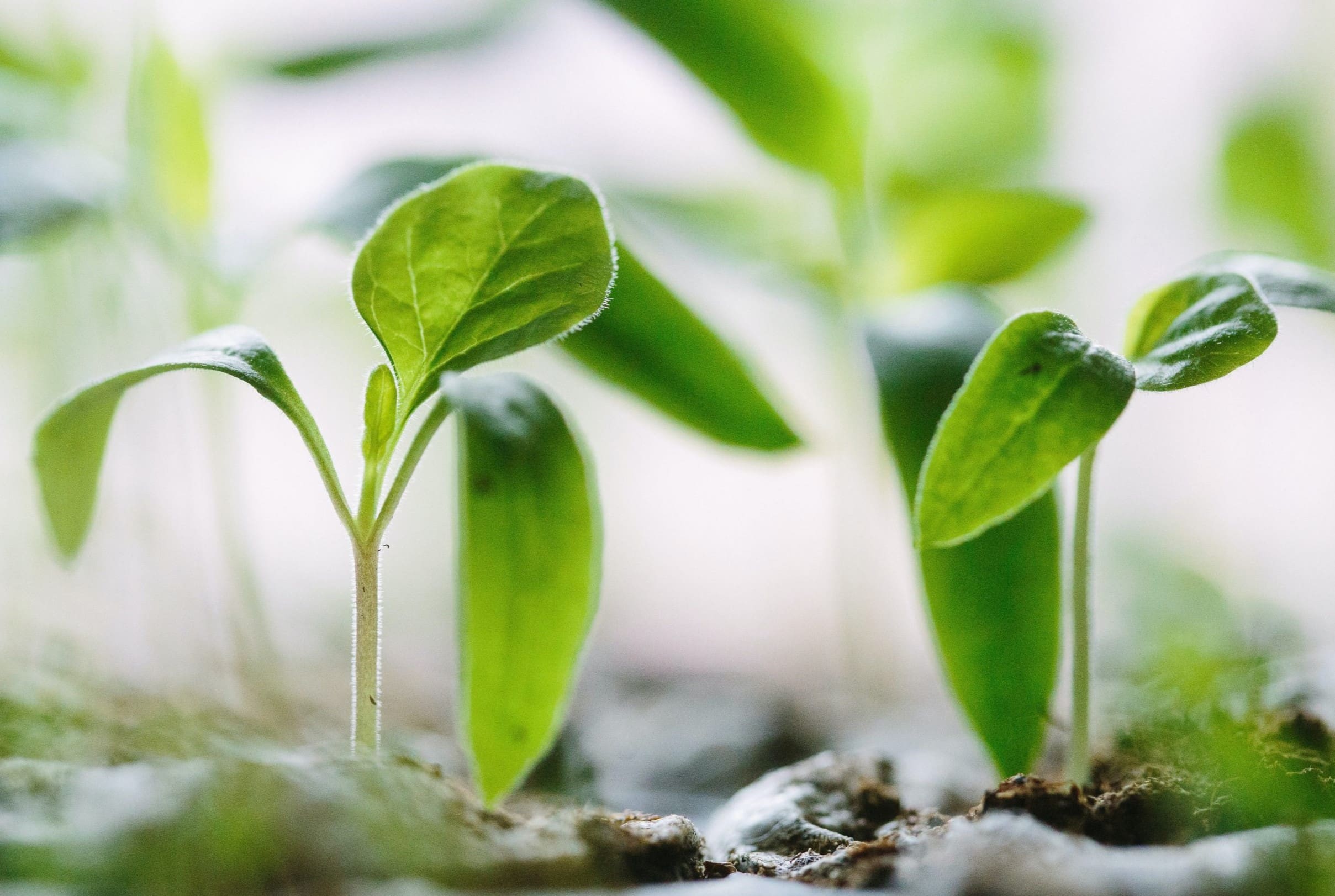
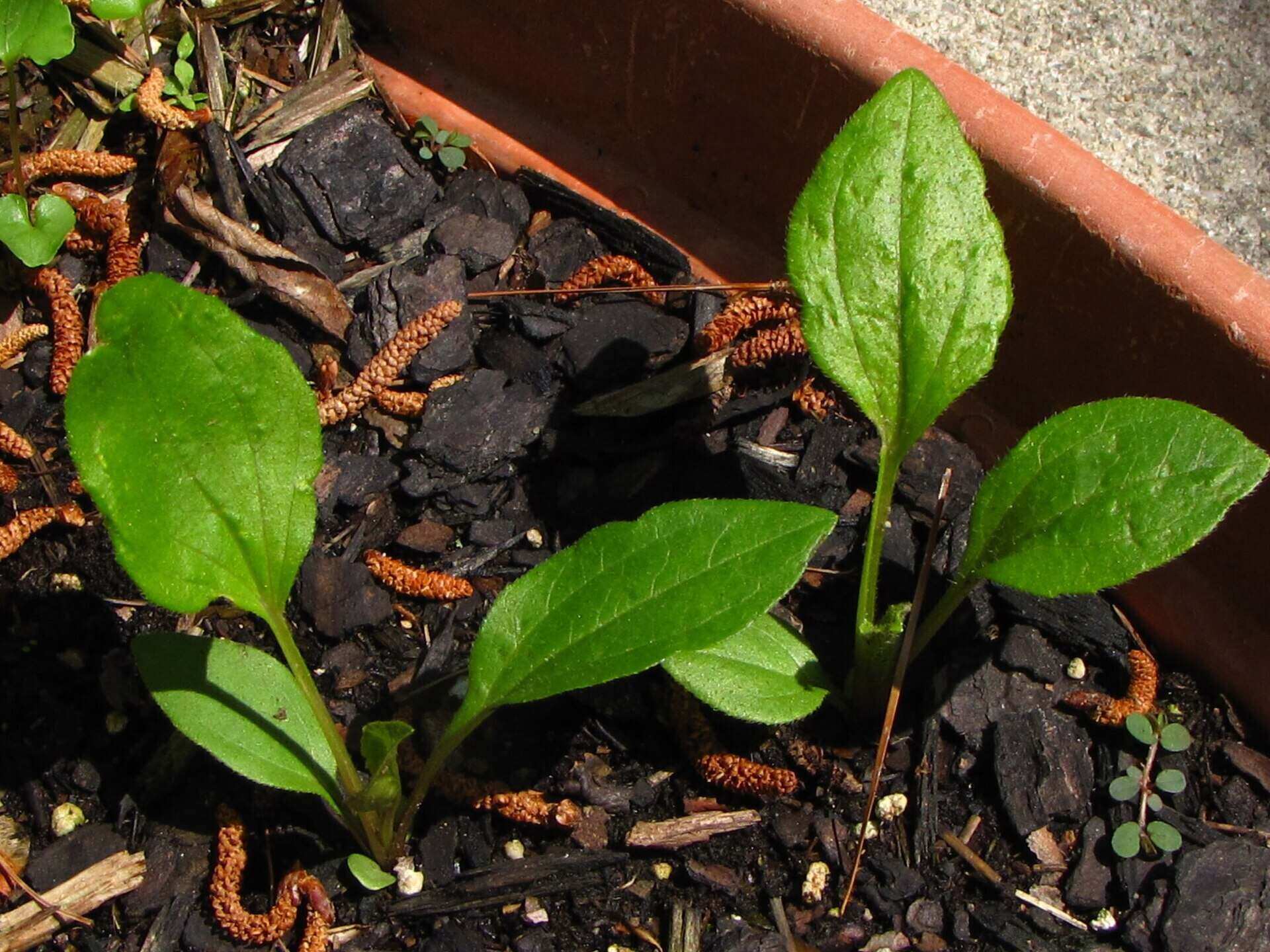
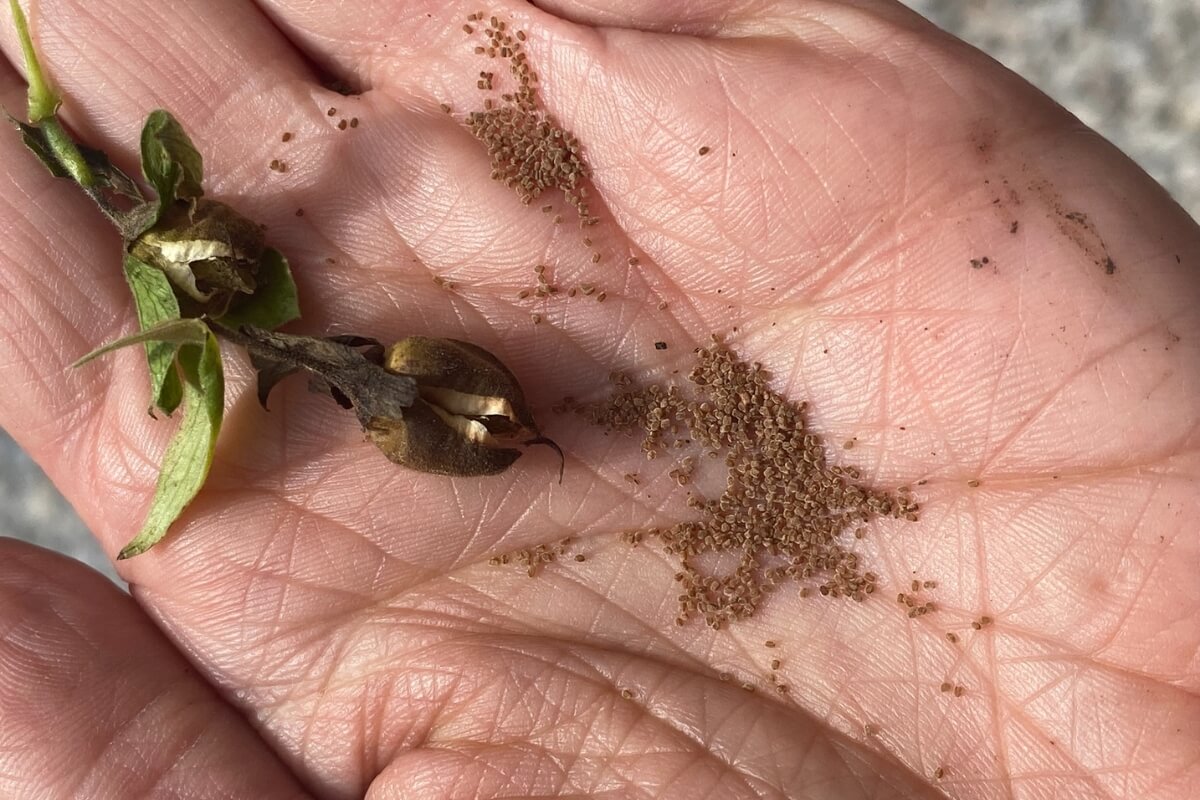
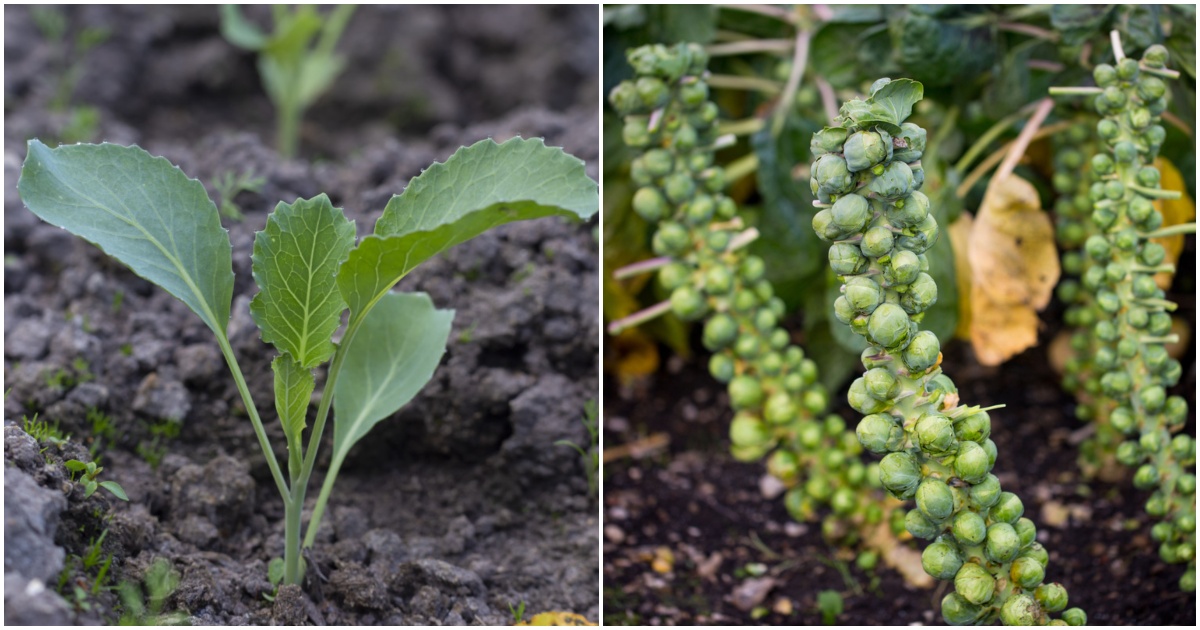

0 thoughts on “When To Start Petunias From Seed”